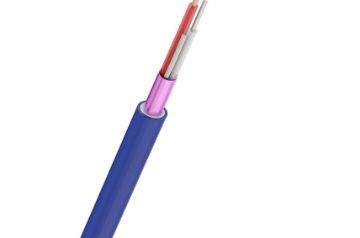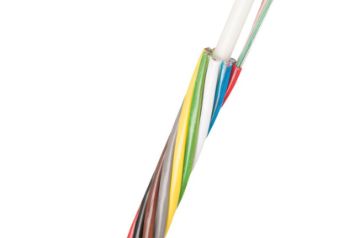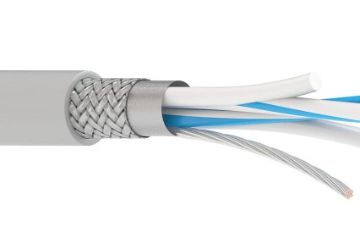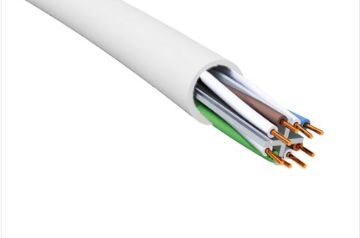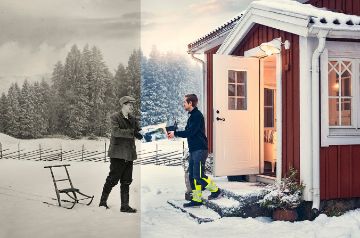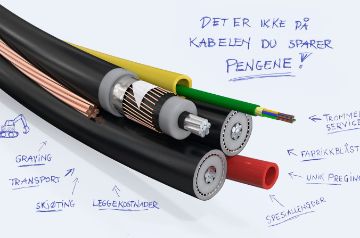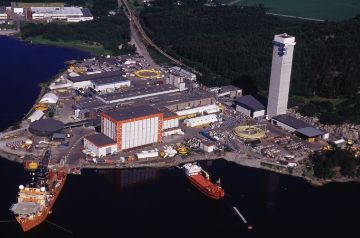- Products
- Segments
- Newsroom
- Tools and Resources
- Sustainability
- We are Nexans
- Search
- Contact us
- Compare
- Sign in
Telecom
FTTO brings wireless connectivity to future-oriented Innoasis development in Norway
Jun 13, 2023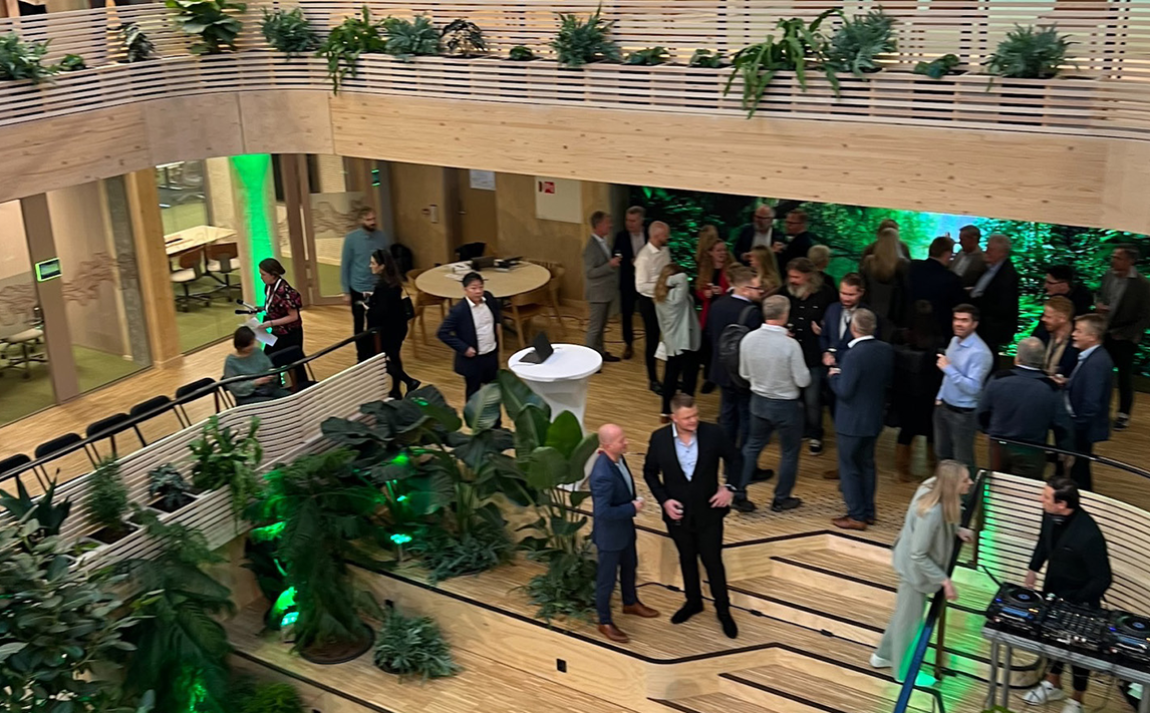
Innoasis is a beautiful new building redevelopment in Stavanger, Norway. As Norway’s hub for urban innovation, Innoasis is home to start-ups, established companies, public sector organisations, and academia, all working on creating solutions for smarter and greener cities and communities. The community, run by Nordic Edge, is based on cooperation, inspiration, and knowledge sharing. The 4,000 square metre building is owned by property developer Smedvig.
Originally built for the Norwegian Petroleum Directorate in 1978, the building design reflects the modernist mindset of the late 1970s. Smedvig began renovations in 2021, focusing on reusing existing materials as much as possible and conserving the structure of the original building. A new wooden structure connects the building’s vast atrium with its existing concrete structure and reuse and sustainability are vital consideration for the building’s features and furnishings. Of course, this state-of the art environment required a sustainable, highly flexible office network infrastructure that would neatly fit into the unique architectural and ergonomic concepts.
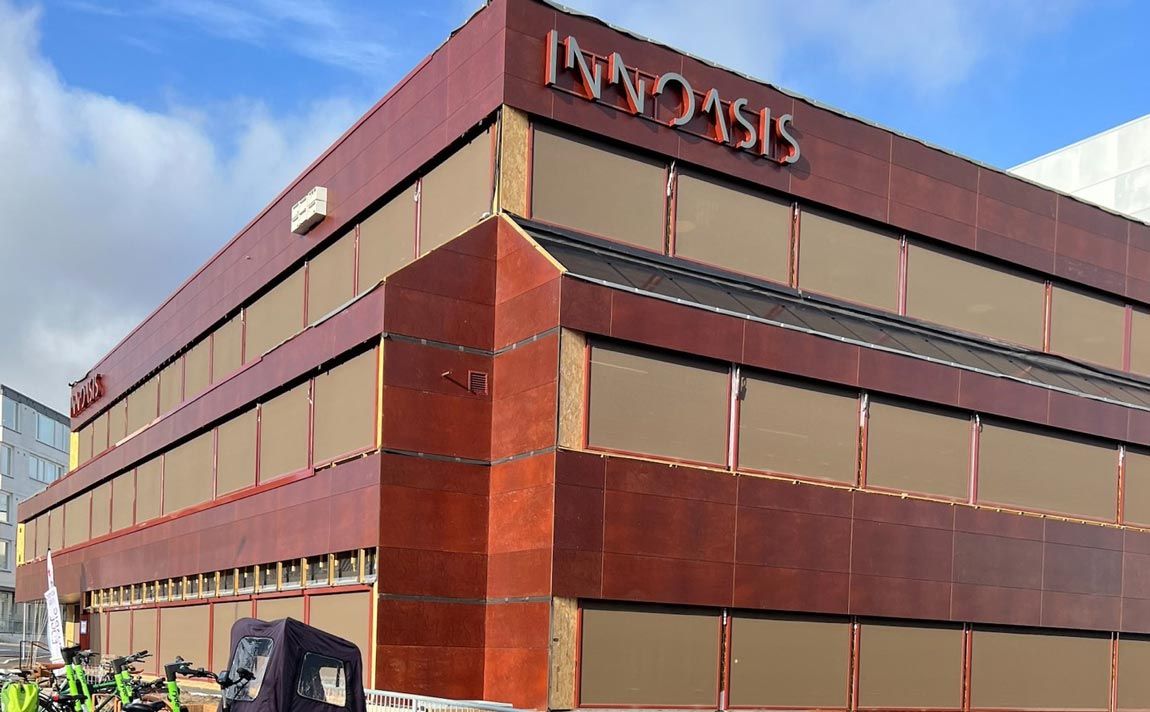
Providing required flexibility in a sustainable way
All the older concrete parts were kept in place just as they were, and wood and glass structures wereadded. In combination with space requirements and ceiling height, this would have made a traditional cable installation tricky. What’s more, PoE is needed for devices such as Wi-Fi access points, AV equipment and a wide range of IoT sensors and actuators that are vital to the building’s digital infrastructure. The ceiling combines wooden slats and open sections, with acoustic panelling and technical equipment visible.
Any solution would need to fit in unobtrusively with this design – which rules out vast bundles of cabling.
The building combines rental office space and co-working, and its network must be flexible to accommodate new tenants and ongoing changes to how spaces are used. By introducing a fully Wi-Fi based approach connected to a fibre network, and incorporating PoE, it is now possible to provide the required flexibility and make wireless available everywhere, for every user and tenant.
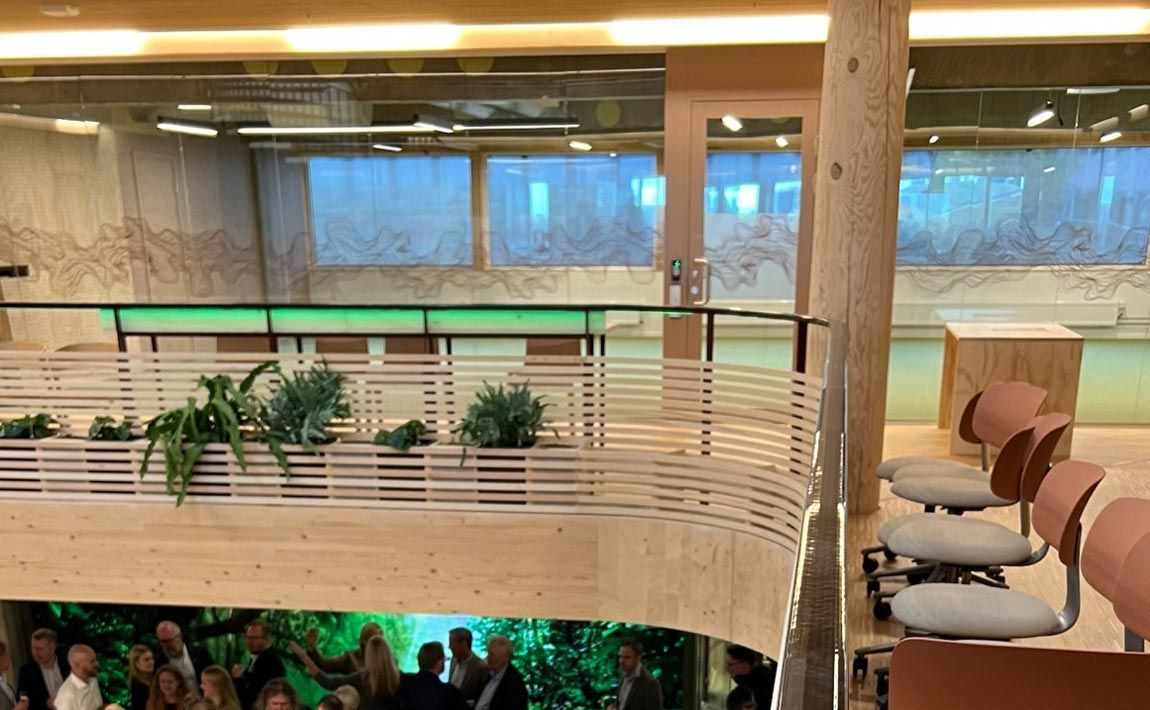
Nexans Fibre To The Office
– FTTO was an ideal match for this project’s requirements in the areas of sustainability, flexibility, and performance,” explains Tore Wennberg, Team leader Smart Buildings at Veni, the systems integrator which developed and implemented the IT infrastructure.
FTTO is an innovative, fibre-based LAN cabling concept. Optical fibre runs from a central switch to a connection point at each workplace. Here, a dedicated Ethernet switch provides intelligent media conversion from fibre to copper. Each FTTO switch is connected to the central distribution switch with one or two SFP uplinks and has Gigabit Ethernet capable user ports.
The centralised structure of active network components greatly simplifies network deployment, and service, significantly reducing IT infrastructure costs. In addition, FTTO supports full Power over Ethernet (PoE) functionality.
No data cables run to the user workspaces. However, to ensure the building would be compliant with – older – standards, Veni ensured that every desk does have access to a physical port.
- All office desks and workspaces are equipped with power cables – and that’s it! There is only one technical room for patching, which mainly houses fibre cables to the distributed switches: very tidy and easy to manage, explains Tore.
“ A building the size of Innoasis will typically have a 6-8 square metre technical room on each floor. As we don’t have run cables to users, this wasn’t necessary, along with the associated cooling systems, power, and access control. We can add cabled equipment when needed and easily connect it to the fibre infrastructure using distributed switches. This approach saves approximately 250 Cat6 cables. All these factors significantly reduce CO2 emissions – one of the key goals of the rebuild. ”
Tore Wennberg
Teamleader Smarte Bygg for VeniUsers get access to the wireless network by self-provisioning using the Life@Work application, and the IT infrastructure is delivered as ‘Network as a Service’.
– I think ‘Network as a service’ will be more and more widespread in the future, as well as a single converged networks that can flexibly accommodate everything in each building. Tenants and users only needed to bring their own laptops and they could start working with no problems, explains Tore.
– The main advantages include cost reduction for equipment as well as management - as there is less cabling and fewer communication rooms - and greater flexibility for the users and the building owners. In the event of seminars and other events temporary equipment needs to be connected. With this design, is very easy to do this securely and efficiently. Integration with IoT devices is also easier and more efficient. Furthermore, as there’s just one common network, we have better control over IT security.
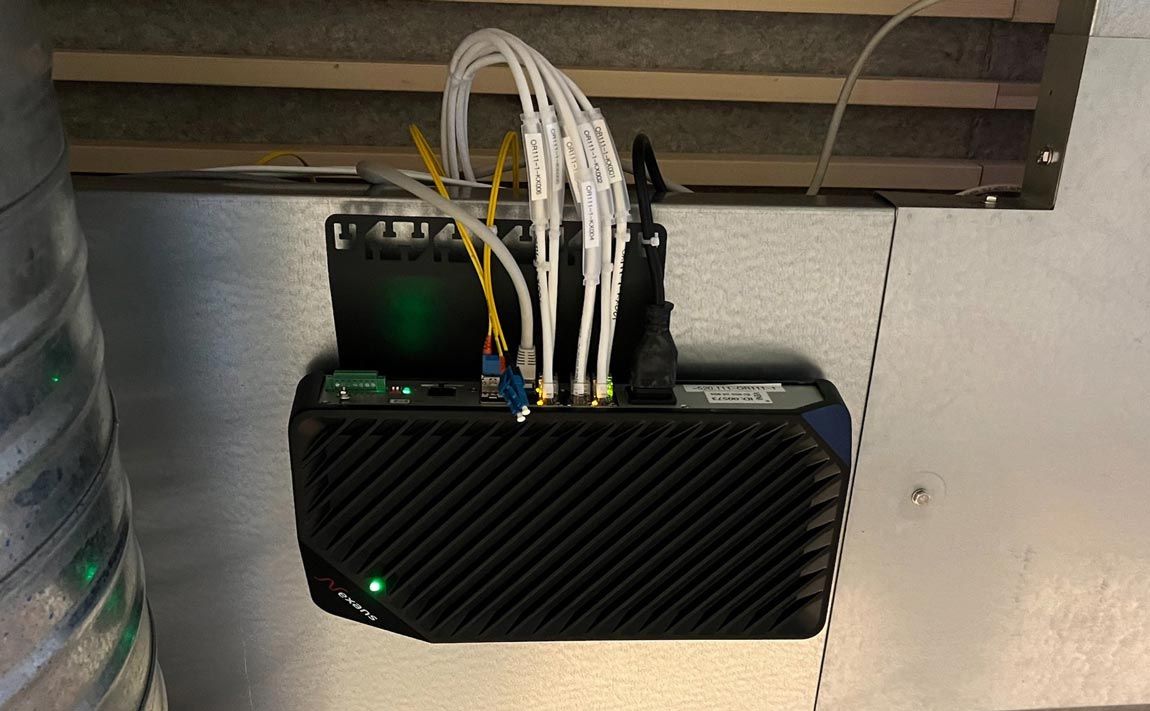
– The Wi-Fi connection offers more than enough bandwidth for most work, but we can also realise direct connections to the fibre backbone if needed. One of the tenants uses interlinked heavy-duty computers to a carry out large air flow simulation calculations, so we could link them directly to a switch port. We are in a transformation phase in buildings: we need to add new equipment as and when needed, and it should be possible to integrate every type of system, including Building Management, onto a fibre backbone. If we need to add a large number of ports permanently or temporarily, for example to accommodate large video equipment during large events, we can always add a new rack and maybe a patch room. This allows us to support audio / video over IP for multicast, for example.
“ Manufacturers of these systems specify certain type of switches, but DICE could accommodate the equipment without problems. Thanks to Nexans LANactive Manager, we can manage everything centrally from the cloud. This is great as we really don’t want to place local servers if we don’t need to!” ”
Tore Wennberg
Teamleader Smarte Bygg for VeniCoverage extends to everywhere
– We had already realized an FTTO project with Smedvig, ‘Arkivenes Hus’, in Stavanger, which went extremely well, says Guillaume Angeli, Head of International Sales, Nexans.
– For the following projects, Veni had an additional Software feature request, which we integrated. When they said they wanted a full Wi-Fi approach, the DICE switch we were developing was the ideal tool. This could accommodate the FTTO features Veni already needed while also offering a 10G interface as well as POE++ capability. A key advantage of FTTO is the fact that best practices can easily be copied, and networks can be scaled up fast. Working closely with Veni, rollout went very smoothly, and we haven’t heard about any issues since the first tenants arrived! he explains.
Tore agrees that planning, implementation, and commissioning went smoothly.
– Often, end users need some time to adjust to the idea that there are no physical network connections to their computers and other devices – even though many devices no longer have the required ports! People simply come in, switch on and never give the network any further thought. It’s just always there, and the coverage extends everywhere, even in the elevators, showers, and cellars.
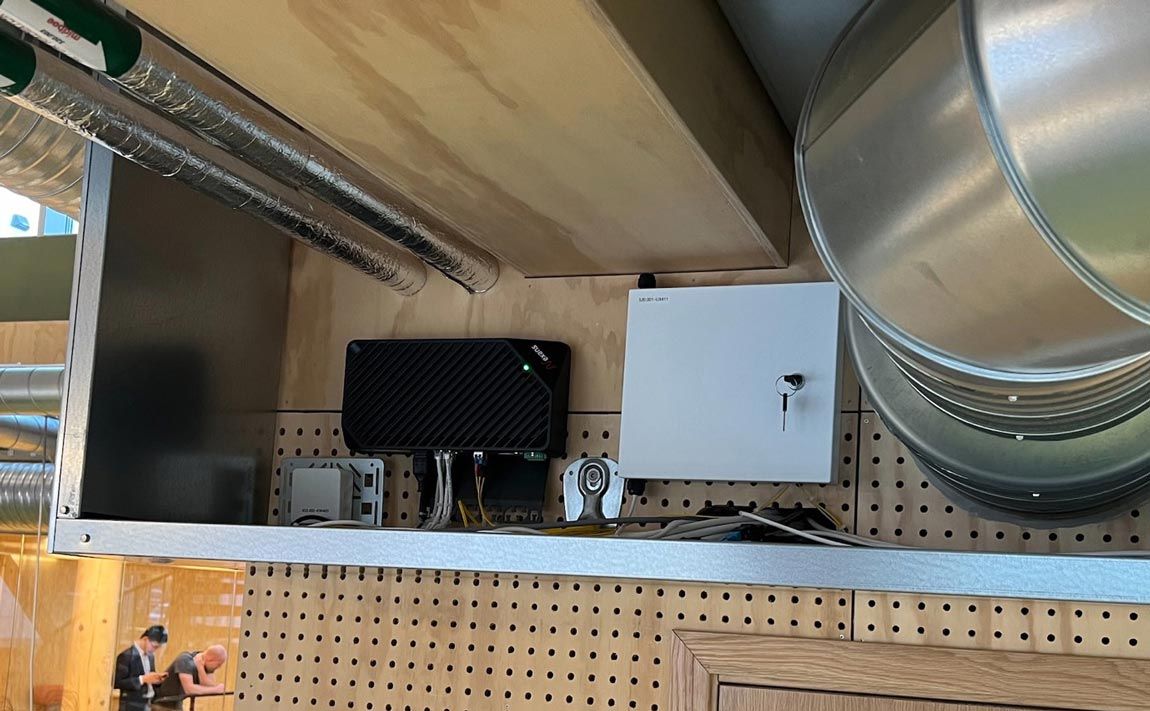
– To ensure a good wireless network, wireless coverage planning is vital. We started work on this early and updated the plans whenever the floor layout changed during the engineering phase. It is important to make sure that IT infrastructure people are involved early in the installation phase and that the wired and wireless network is available during start-up of the technical systems. With that in mind, it is a good idea to have the main communication room and internet ready early in the building phase. In non-FTTO networks, a ‘top to bottom’ approach is often taken, where technical rooms are built on each floor – but with FTTO you don’t need these. However, you will want to be able to test the network while it’s being rolled out, which requires the single central technical room and all power infrastructure to be in place.
“ It’s great to have direct access to local Nexans personnel in Norway who know the system and the equipment thoroughly. We had some questions regarding the installation of DICE switches, and these were answered quickly and effectively. The system works well, and we have had no problems with either the cabled or the wireless network to date. Veni is one of the tenants in the building so we would be the first to know if there were any problems! This is the fourth project of this type we’ve done, and two additional projects at Site 4016 campus in Stavanger are currently underway. ”
Tore Wennberg
Teamleader Smarte Bygg for VeniOur websites
Select your country to find our products and solutions
-
Africa
- Africa
- Ghana
- Ivory Coast
- Morocco
- North West Africa
- Americas
- Asia
- Europe
- Oceania

